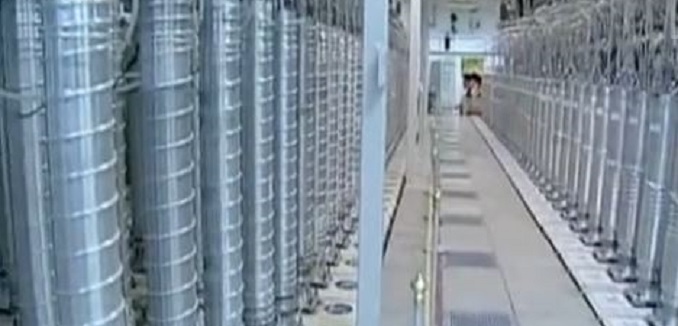The International Atomic Energy Agency’s (IAEA) quarterly report on Iran was released today [PDF], containing what the U.S.-based Institute for Science and International Security (ISIS) described as “a mixed bag of developments.”
On one hand, Iran has fallen short of its stated goal to develop 55 fuel assemblies for its Arak heavy water reactor, a critical prerequisite to bringing online Iran’s plutonium reactor. The reactor is part of a larger Arak complex, which includes a reactor that – if brought online – would enable Iran to produce plutonium sufficient for two nuclear bombs every year.
On the other hand, Iran is locking in the nuclear infrastructure it needs to achieve what ISIS describes as “critical capability” by mid-2014 or earlier. At stake are evaluations made by some analysts that the West would be able to detect a political decision by Tehran to go nuclear with sufficient time to intervene. If Iran is limited in the extent to which it can conduct enrichment – which is a function of the amount of centrifuges in operation and their efficiency in enriching material – then the West might be able to detect an Iranian rush across the finish line in time to act.
If Iran installs more centrifuges, or installs advanced centrifuges with boosted enrichment capabilities, then such assumptions would become strained. The IAEA report indicates that Tehran has done both:
Iran has installed over 1,000 IR-2m centrifuges at the Natanz Fuel Enrichment Plant (FEP). Iran has installed another 1,861 IR-1 centrifuges at the FEP, bringing the total to 15,416 IR-1 centrifuges installed at the FEP. Iran is on track to achieve a “critical capability” as of mid-2014, or perhaps sooner. Critical capability refers to Iran’s ability to produce enough weapon-grade uranium for a nuclear weapon before inspectors could detect the breakout.
[Photo: Euronews / YouTube]




